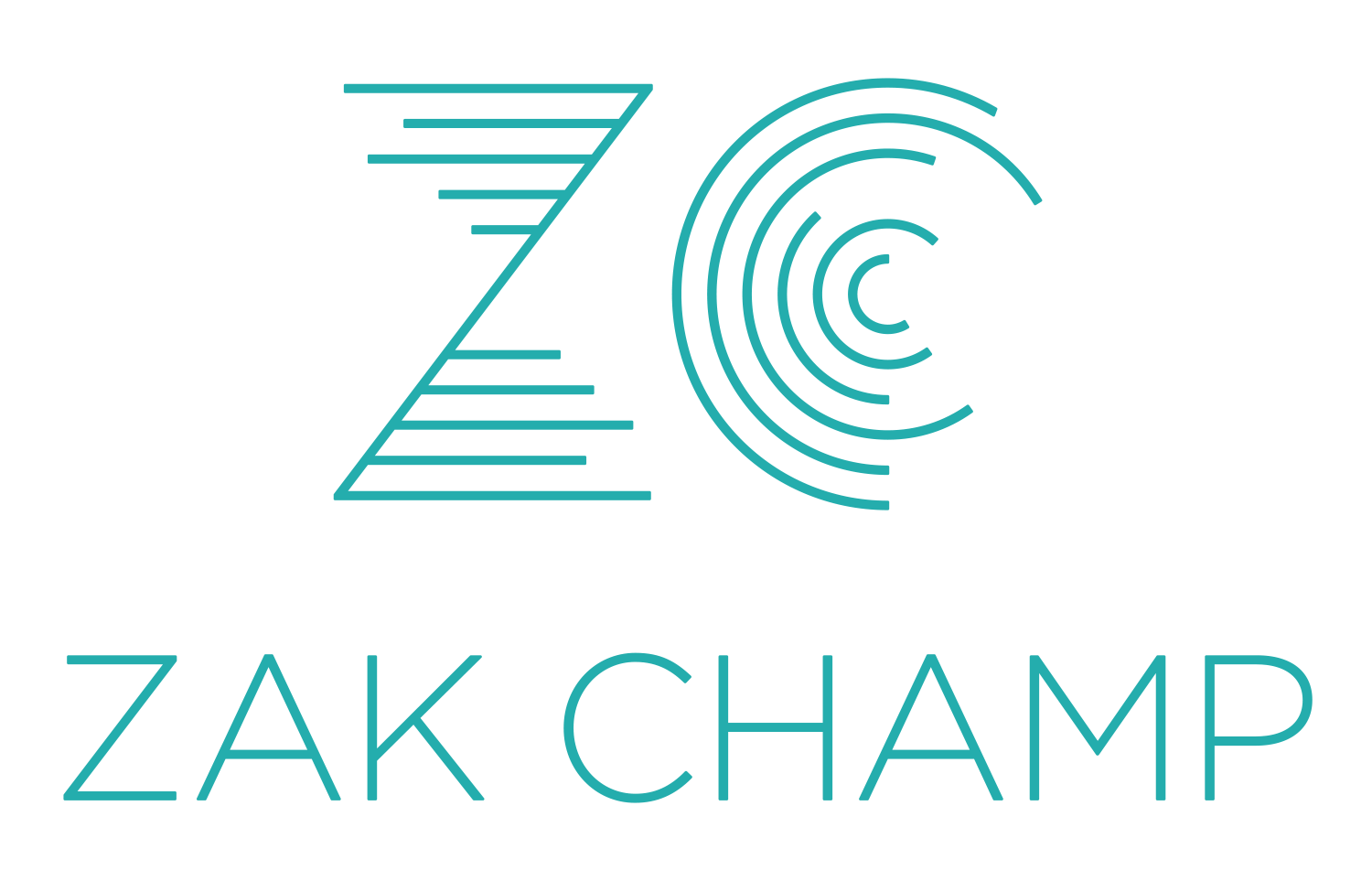Reserved Learners in the New Normal
Let me get right to the point here:
I am struggling with how to engage with my most reserved learners during remote learning.
I want to begin by saying that I believe that there are a variety of ways for students to “participate” in math class. These participation structures go beyond raising your hand and articulating your mathematical thinking out loud. It’s fairly easy to observe how students are engaging with the mathematical ideas when they outwardly share them with you. And because of that we, as a mathematics community, seem to value that the most.
But, I’ve been actively working to consider how all of our learners can interact with mathematical ideas when it's not outwardly obvious how they are engaging in the work. Here are some questions that I keep in mind as I work to understand how my students are participating in math class:
How are students listening to one another?
How do their written representations provide insight into their thinking?
What nonverbal signals are they using to provide their classmates feedback?
What nonverbal signs and body language are they displaying?
And when we are face-to-face, these teacher moves are really difficult. But before the pandemic, I was working hard to look for signs of listening and non-verbal cues. I was watching as they completed their work to see how their ideas unfold. And, I was watching to see how they responded to other students. Even though this takes incredible patience and practice, it still seemed more doable when we were face to face.
But, in our new virtual space, understanding how they are participating in the mathematical conversation is much more difficult. Particularly when some students prefer to have their cameras off or simply have their computer screen tilted where I can’t see their whole face (which I wholeheartedly support for many reasons). But, reading their body language or facial cues is super difficult or non-existent. It’s much more difficult to see or understand how they are listening to each other without specifically asking them. It’s nearly impossible to watch students solve problems in real-time in small or whole group virtual lessons. And watching for their nonverbal responses (agree, disagree, question, etc.) is much more difficult when they are a 1-inch box on the Google Meet screen.
So, the one easy response here is to meet individually with them. And I do that—two days a week (and other times when necessary). But, when we work one-on-one, they lose the discussion and conversation with their classmates. And I think that’s really important.
Other than that, I feel stuck with the idea that I just need to specifically ask them to engage verbally more in class. And that feels yucky to me. It seems to value only one way to participate in math class.
So, I have no solutions here. Just questions. And I hope you all can help! How are you engaging with your most reserved learners in math class? I’m excited to learn with and from you!
Note: This post was inspired by Carrie Denote (@momentum79) and this tweet. I hope you’ll follow her so we can all keep learning together.
4/26/20 Update
As expected, y’all had some great ideas, and sometimes it’s hard to find them all on Twitter. So, here are a few that resonated with me for easy reference.
@nmedina5 (Nicole Medina) suggested breakout groups in google meet and shared this video on how to do it from @TanKHuynh (Tan Huynh).
@ablinstein (Anna Blinstein) also suggested breakout rooms for small groups and using @Desmos and @Classkick so students can sketch, interact with manipulatives, and explain their thinking, plus respond to classmates' ideas.
@mathematize4all (Rachel Lambert) came through with some clutch recommendations. She suggested, brilliantly I might add, that I talk to the kids and ask them, “how did you participate in math today?” She also suggested asking them, “How are you participating now? What ways of participating work for you? Which don’t?” She also suggested that teams do the problems together without teacher interaction and then chat with them on Google Hangouts afterward. She believes that kids “could step up and engage in different ways if they were given a little freedom.”

